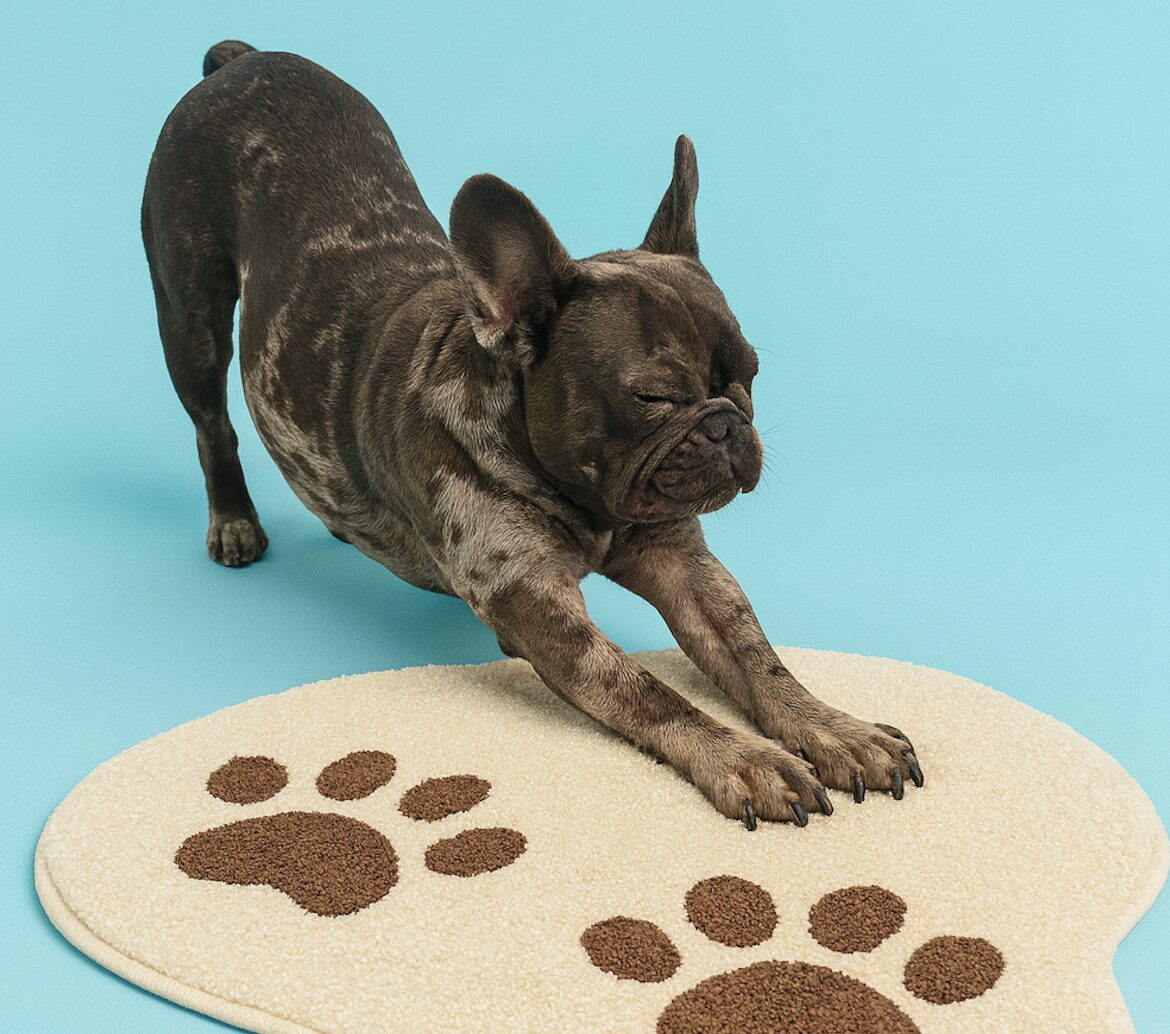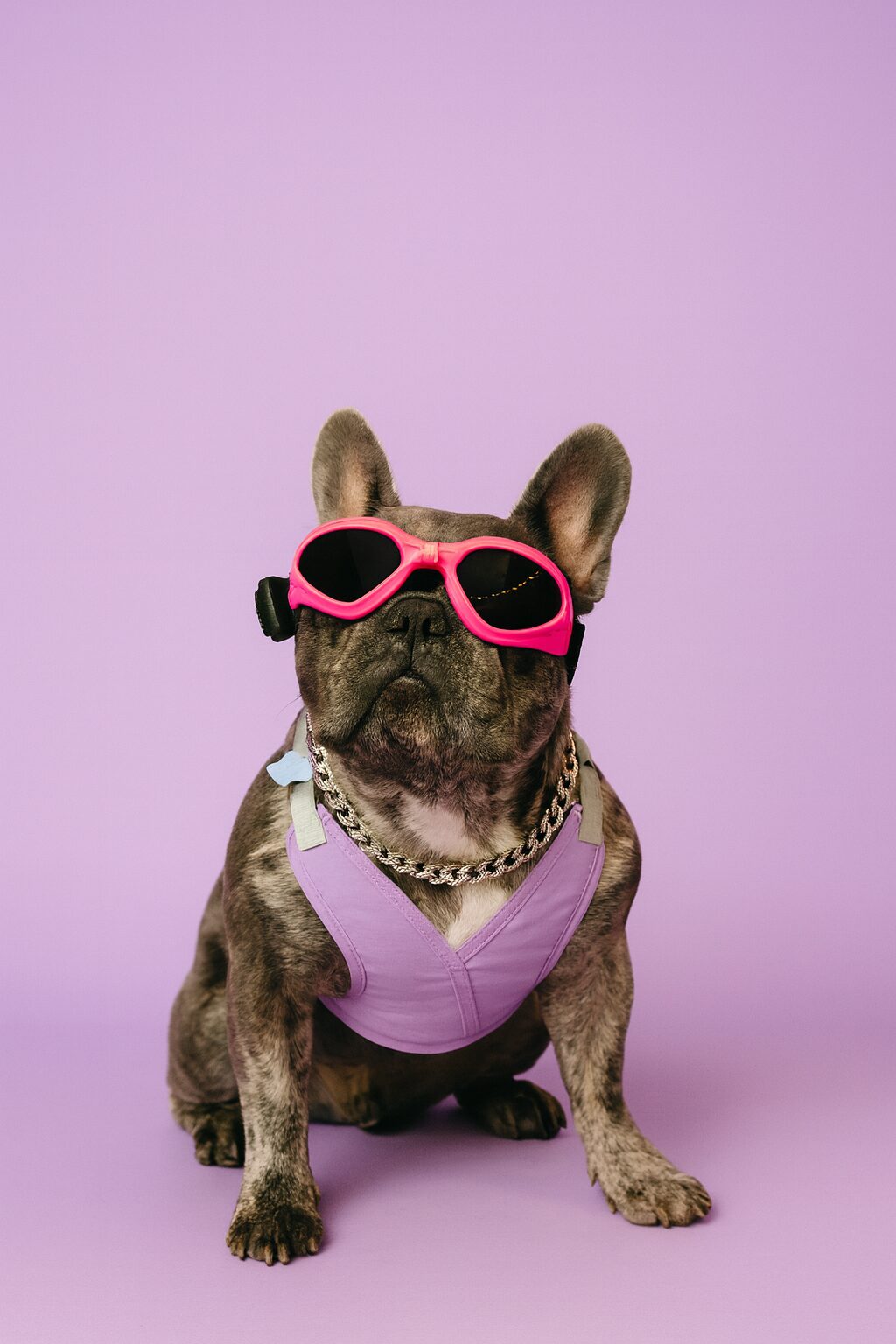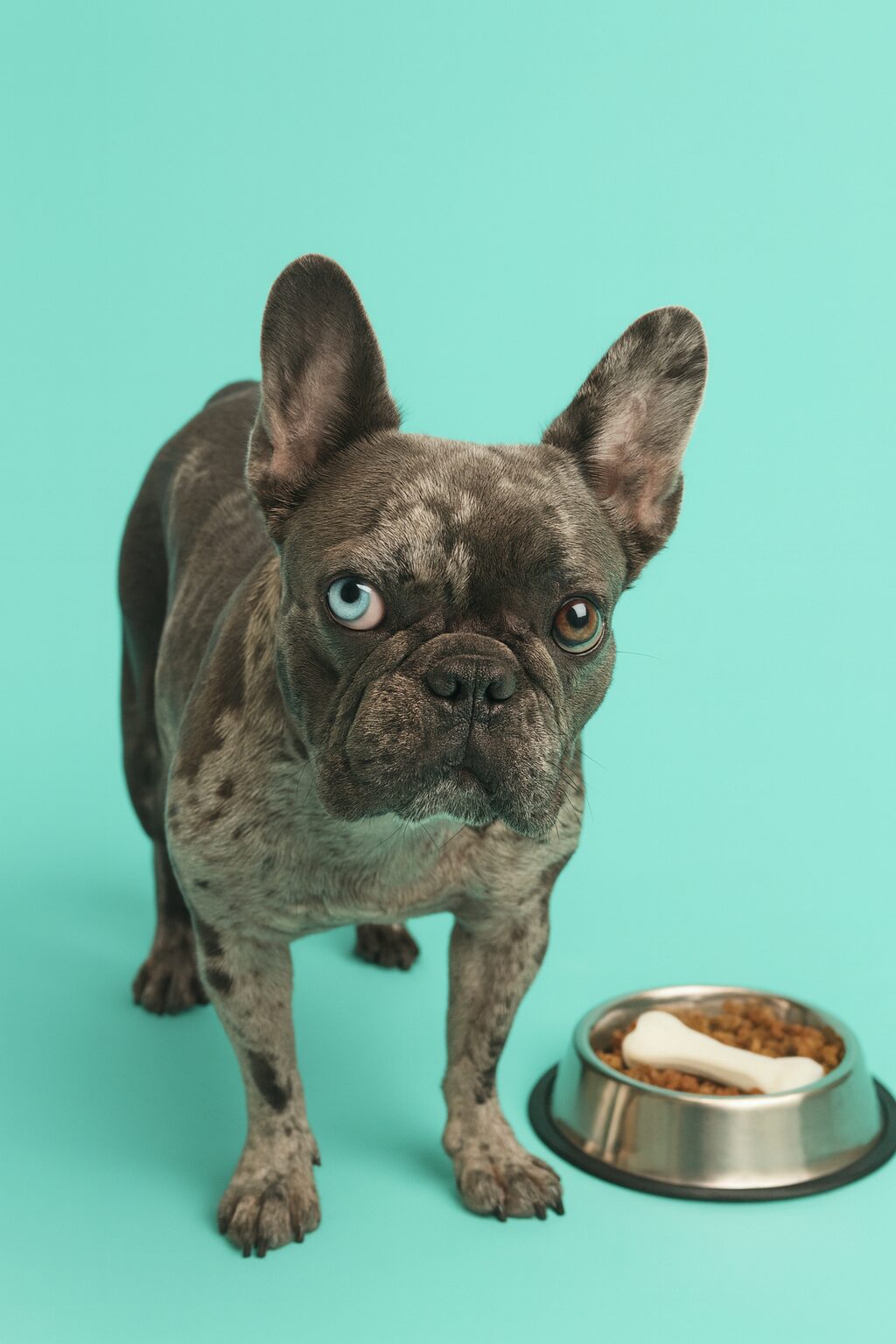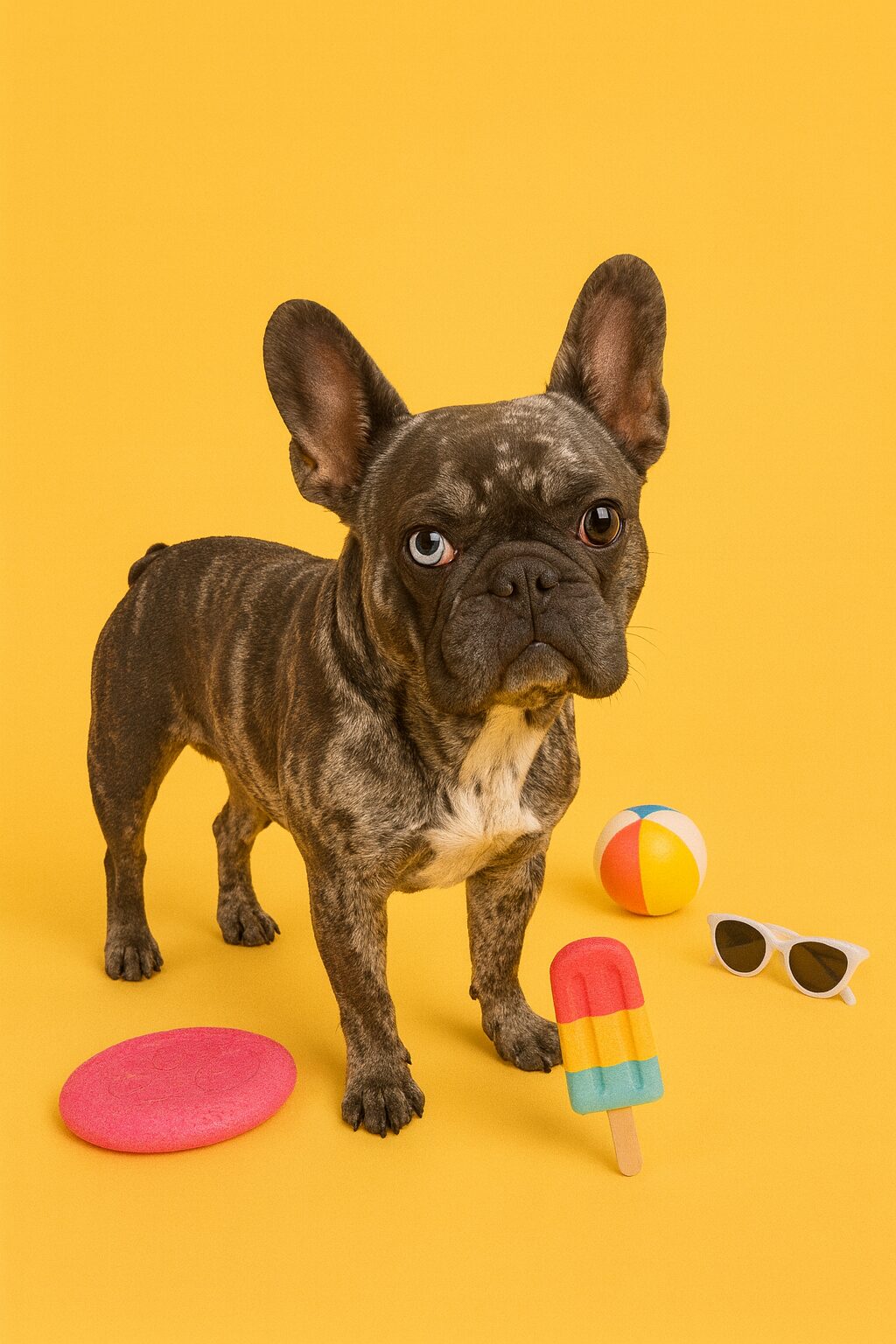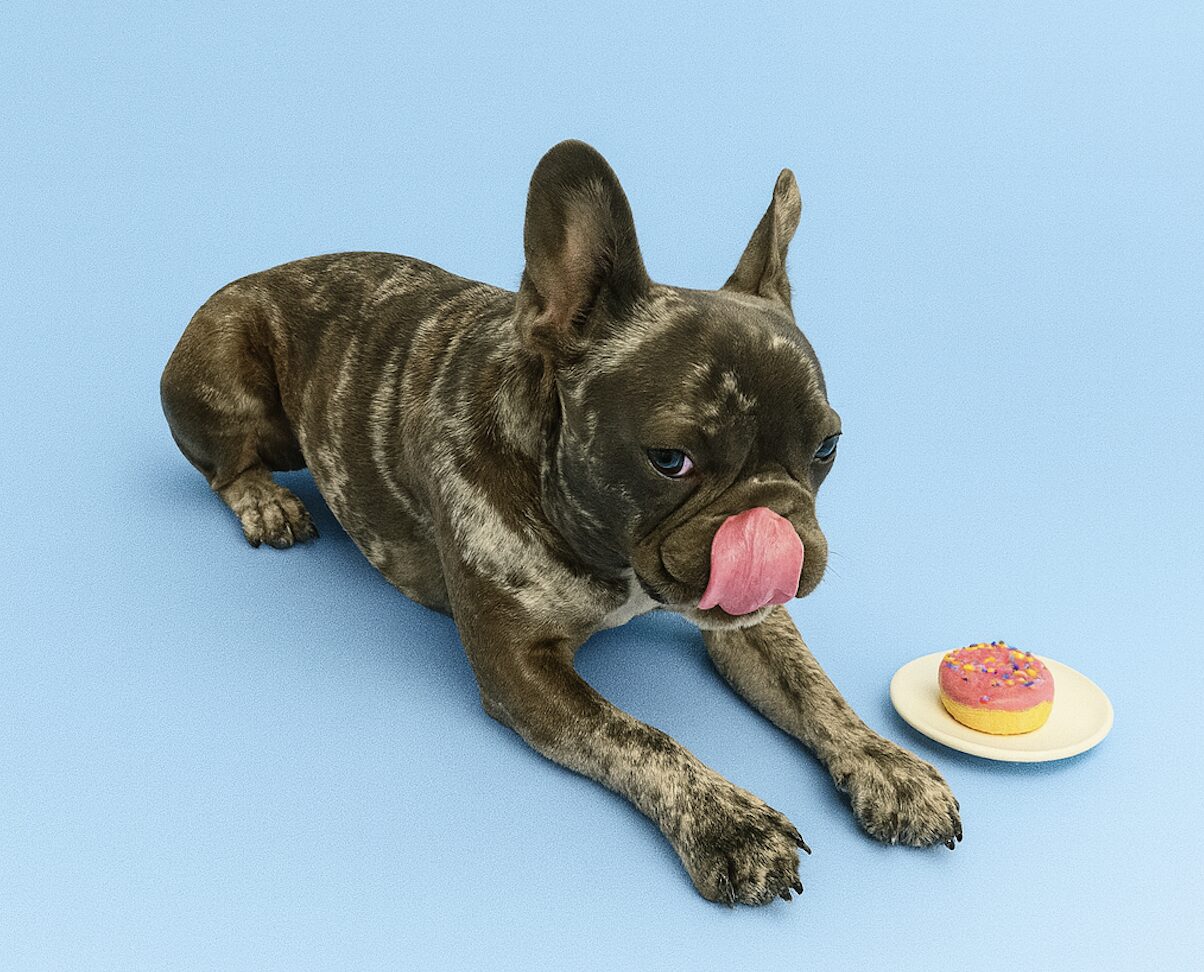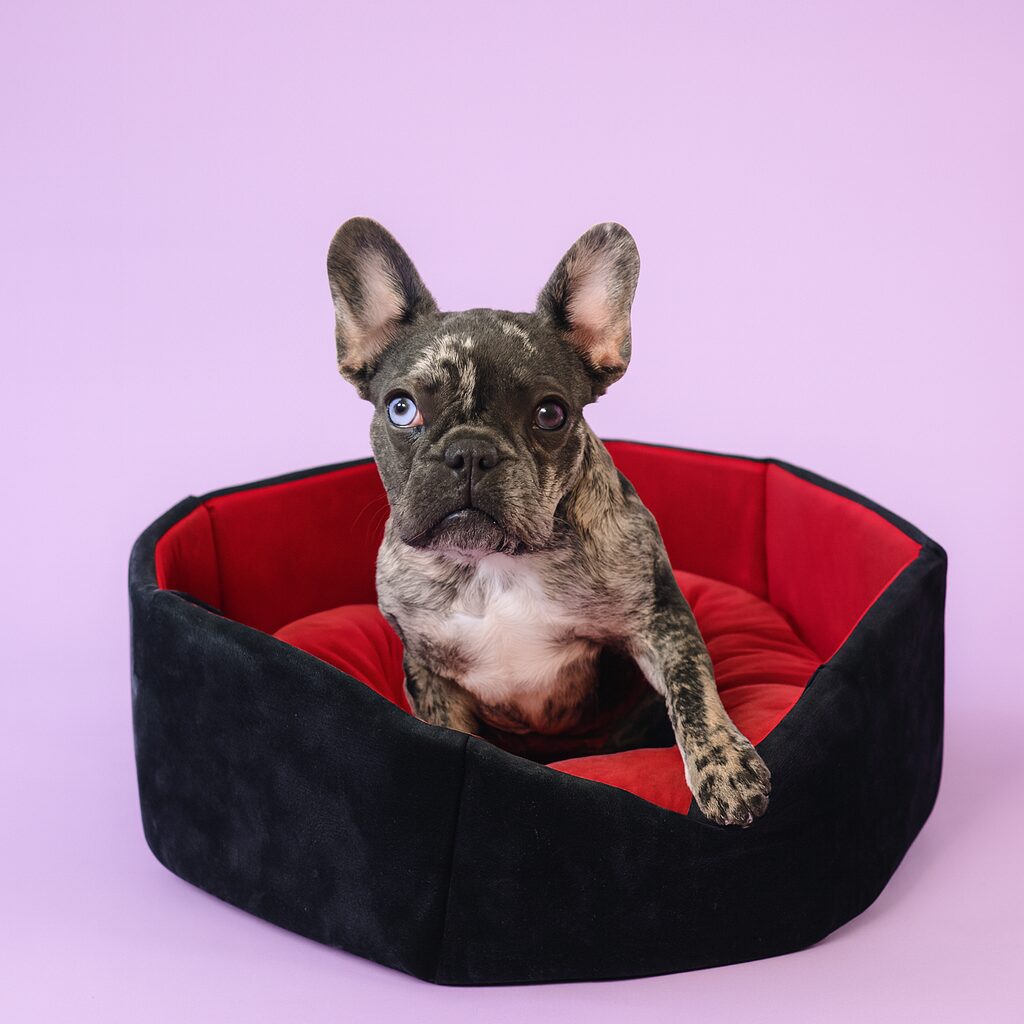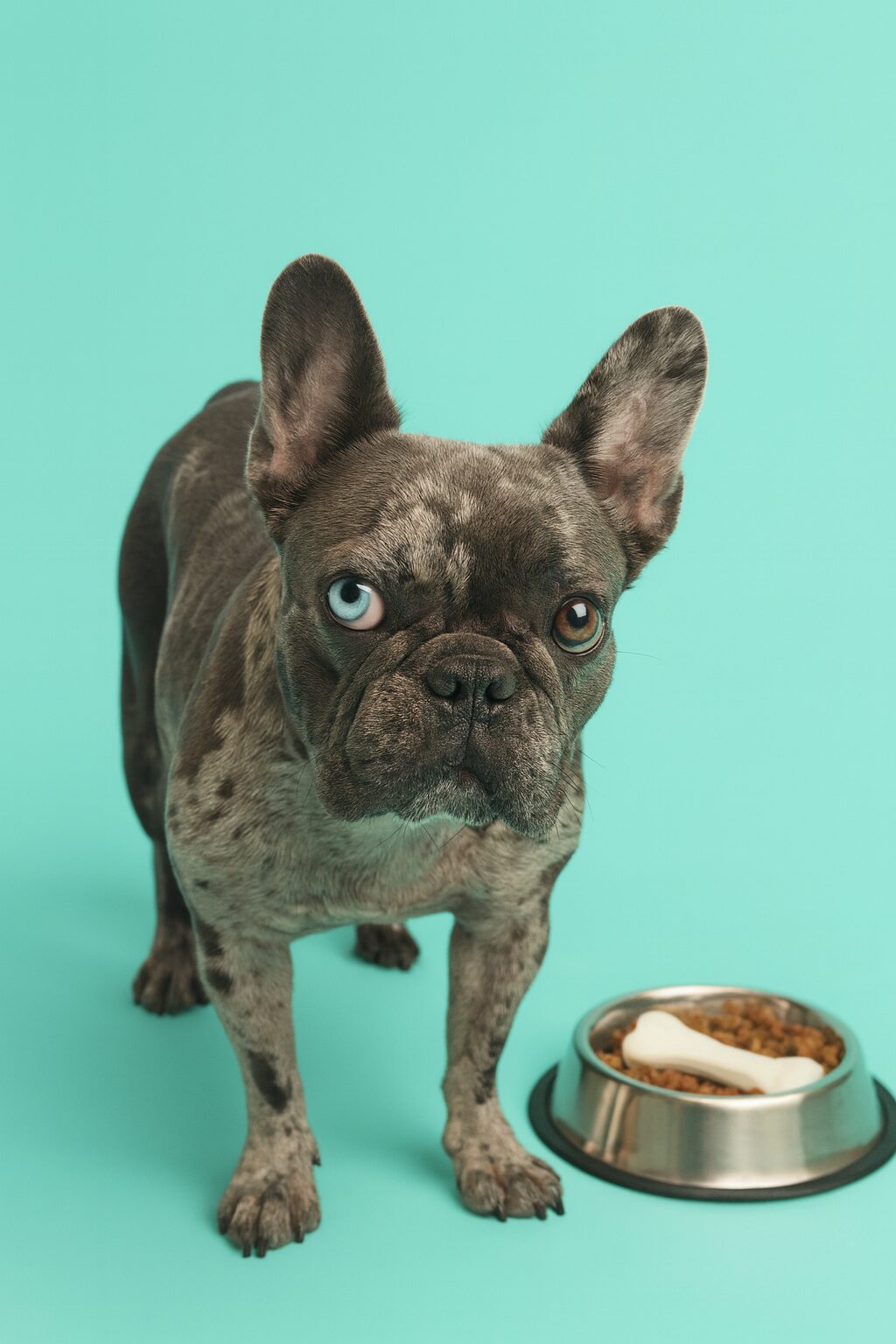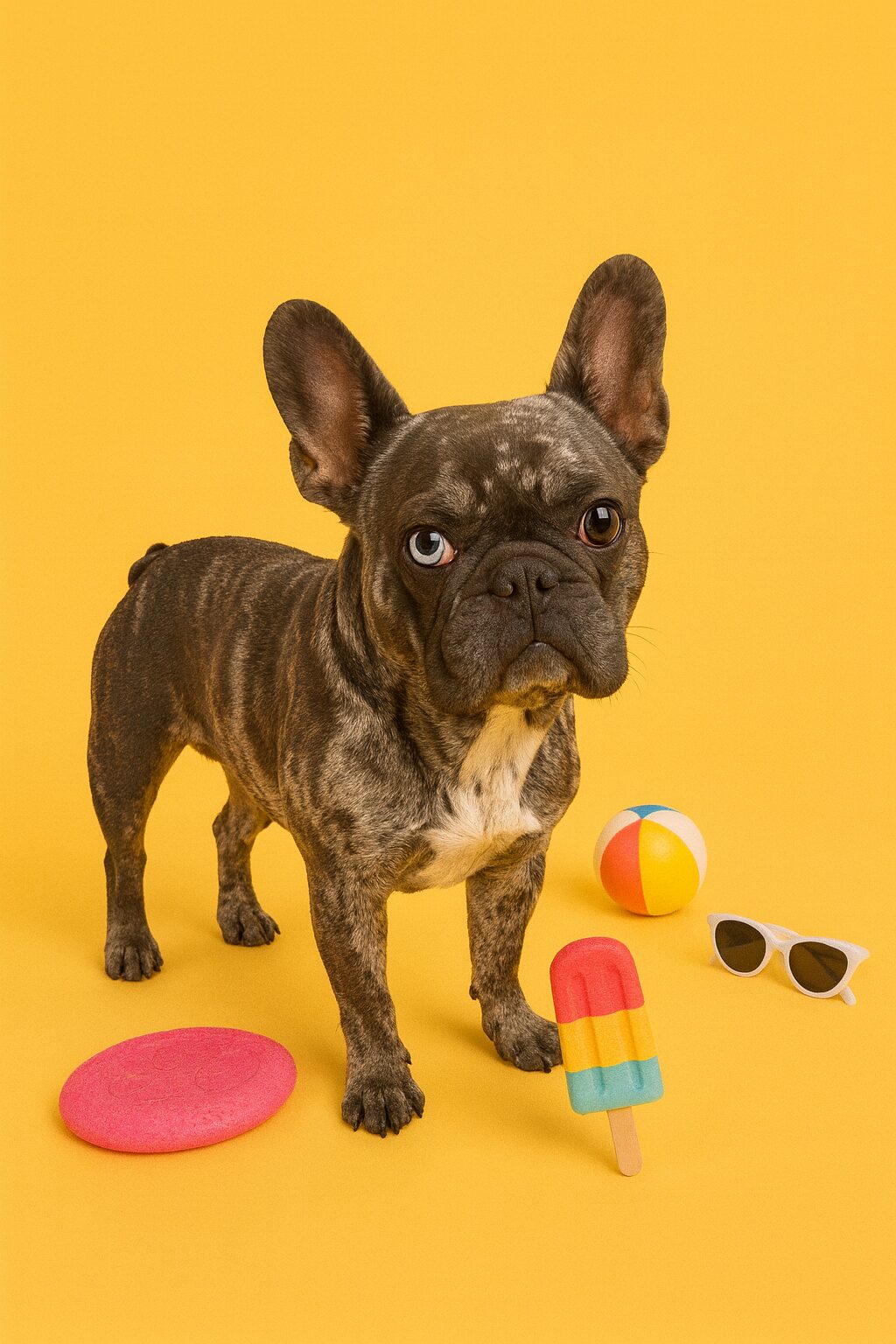I still remember when Maven was just a squishy-faced little meatball, wobbling down the hallway like she owned the place. She’s older now (don’t tell her I said that), but every time she does her signature “I just woke up and need snacks” head tilt, I’m reminded that our time with these little characters is precious. 🐶💌
French Bulldogs, with all their quirks and snorts, aren’t the longest-living breed out there — but there’s a lot we can do to help them stick around for as many zoomies, cuddles, and sandwich thefts as possible.
🐕 The Typical French Bulldog Lifespan
On average, French Bulldogs live 10–12 years. With careful attention to health, some reach 13 or even 14 years. Genetics, lifestyle, and proactive care all play a big role.
Compared to some breeds, their lifespan is shorter mainly because of brachycephalic anatomy (that adorable smooshed face), which can lead to breathing and heat regulation challenges. They also have a higher risk of spinal, joint, and heart issues.
🩺 Healthy Habits That Can Add Years to Your Frenchie’s Life
Here’s what’s worked for Maven (and what I wish I’d known when I had my first Frenchie, Novacane 🐾❤️):
🐕🦺 Feed with purpose – High-quality, breed-appropriate food supports healthy joints, digestion, and skin. Maven thrives on a balanced mix with lean protein, omega-rich fish, and veggie add-ins.
🥕 Smart treats – Carrot sticks, apple slices (no seeds!), and green beans beat processed snacks every time.
🏖️ Gentle exercise – Daily walks and indoor play keep weight down without stressing her breathing. No marathon fetch — Frenchies are sprinters, not marathoners.
💉 Routine vet visits – Twice-a-year checkups help catch heart murmurs, dental disease, or joint issues early.
🩺 Weight management – Extra pounds strain their breathing and spine. Maven stays lean by having measured meals (even if she insists she’s “starving” afterward).
☀️ Climate control – Heat is a serious hazard. I keep Maven indoors during hot hours and always have water ready.
🦷 Dental care – Bad teeth can cause infections that impact the heart and kidneys. Maven’s toothbrush might be pink and sparkly, but it works.
🐾 Mental & Emotional Wellbeing Counts Too
Dogs live longer, happier lives when they feel safe, loved, and mentally stimulated.
🐿️ Enrichment toys keep their minds sharp.
🤗 Routine and bonding time make them feel secure.
🎉 Fun adventures (short ones!) keep life exciting — Maven’s favorites are car rides with the windows just cracked for maximum sniffing potential.
🌱 Why the Little Things Add Up
When I lost Novacane unexpectedly, I realized that we don’t just “get time” with our dogs — we earn it with the choices we make every day. The switch from cheap food to better nutrition, the extra vet visit, the skipped walk on a scorching day… it all matters.
With Maven, I’m intentional about every choice because each one is a small deposit into the “extra years together” bank account.
💌 Final Snort
We can’t control everything, but we can give our Frenchies the best shot at a long, joyful life. Feed them well, keep them fit, love them fiercely, and protect them like the family they are. If I’m still getting wake-up snorts from Maven at 14, I’ll count myself the luckiest dog parent alive. ❤️🐾
